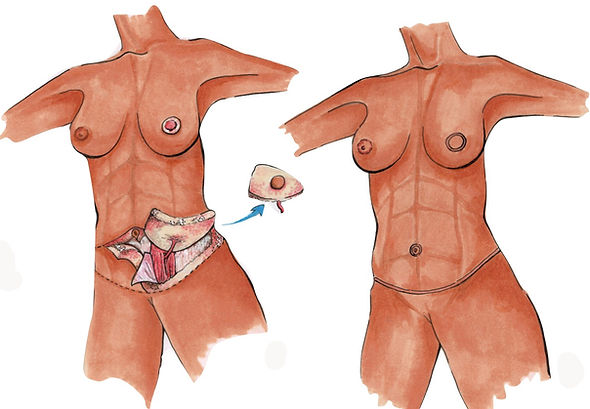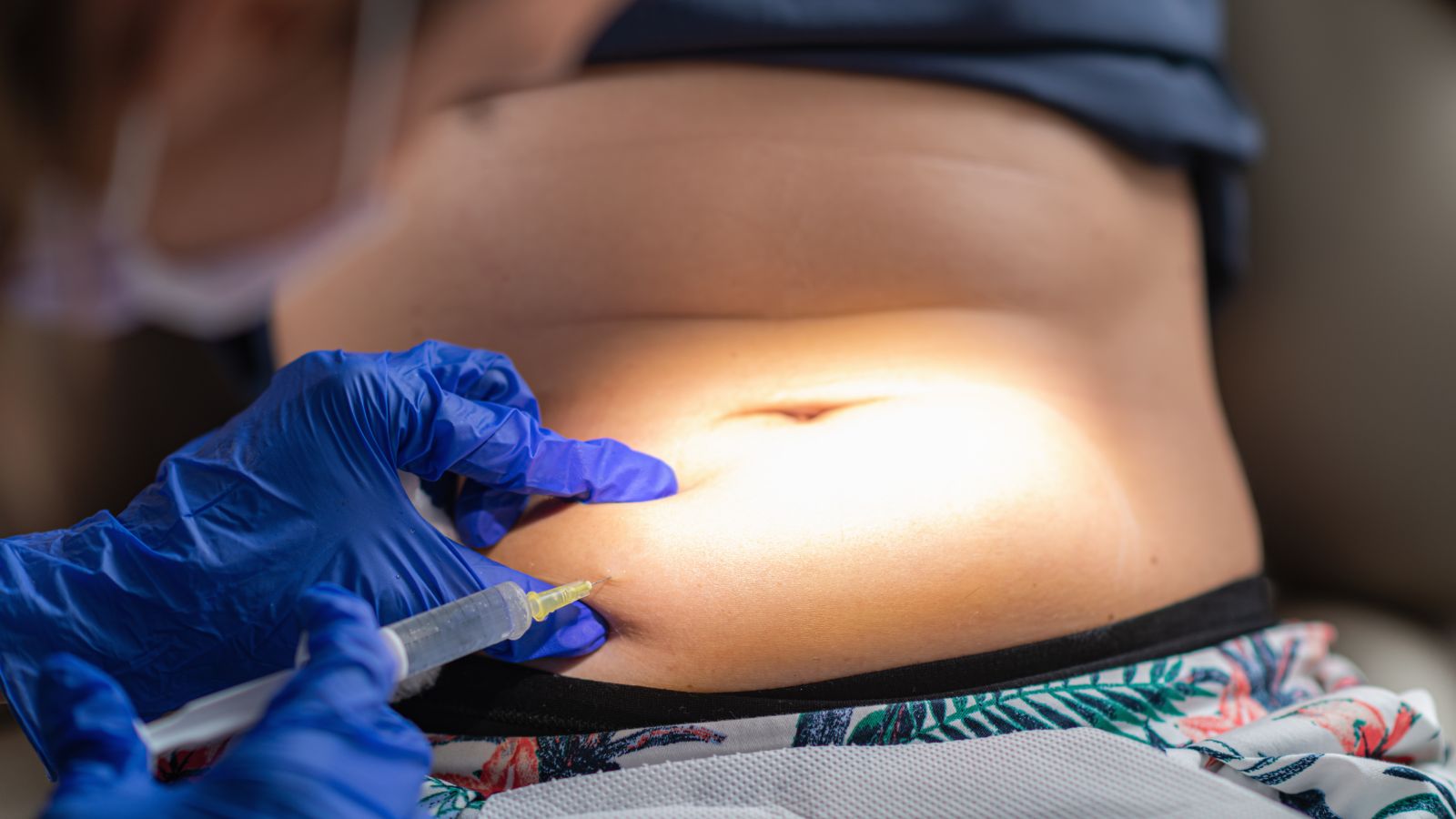
The FDA has published millions upon millions of reports about medical device problems. The FDA allows manufacturers to submit complaints about their products to its employees. The agency also makes the reports available online through MAUDE, which is free to the public. Implant safety can be affected by many factors. A textured surface, for example, can stop rotation. Moreover, a woman who smokes is at a higher risk of developing complications from implants. Consider breast implants if you have autoimmune conditions.
Textured surfaces prevent rotation
Although it is possible for breast implants of teardrop shape to be rotated, textured surfaces may prevent it. Textured surfaces can prevent the implant from being rotated because of their Velcro-like effect. Round implants won't rotate nearly as much so they will stay in the breast pocket. Though rotation of teardrop-shaped implants is a small risk, it can still be an aesthetic issue.

Avoiding autoimmune disorders
FDA has not yet concluded if silicone implants in breasts can be linked to autoimmune conditions. Breast implants have been linked to arthritis-like conditions in some doctors. While the FDA has been unable to determine a clear link between breast implants and autoimmune disorders, there is a growing body of evidence suggesting the possibility. The World Health Organization recently conducted a study that found a link between breast implant use and rare cancers.
Surgery is irreversible
Breast implant surgery cannot be reversed, unlike cosmetic procedures like tummy tuck or rhinoplasty. After the implants are placed, your breast shape will not be restored to its original state. Implanted breast tissue could be dimpled, wrinkled or distorted. This procedure can also result in significant pain. These risks can be minimized by choosing a breast surgeon who has been trained in the procedure.
Patient device cards
In light of the FDA's latest guidelines on patient devices cards for breast implants, it is more important than ever that patients are provided with information about the product. The most recent guidelines suggest that patient device card information should include details about the type of breast implant, its serial numbers, and any boxed cautions. To provide more information, patients should be directed to the device's label or decision checklist via web links.

Screening to detect rupture
The Food and Drug Administration advises regular imaging of breast implants after two to three year. Ultrasound can distinguish between normal implants and ruptured ones. Ultrasound can distinguish between normal and ruptured implants. Normal implants will appear homogeneous, well-defined, and uniform. Broken implants will have a "snow-storm" appearance. An MRI should be scheduled if you have any of these symptoms. This will allow you to determine the extent of the rupture. This type if imaging is not covered by any health insurance.